




An Overview of Rivers
A river is a stream flowing on the earth. The source of rivers is usually ice glaciers, i.e., glaciers, lakes, natural sources or springs or rainwater. Any river ends in a big ocean, lake or desert. Rivers usually contain fresh water. A river begins at one source (or more often several sources), follows a course and ends at a mouth.
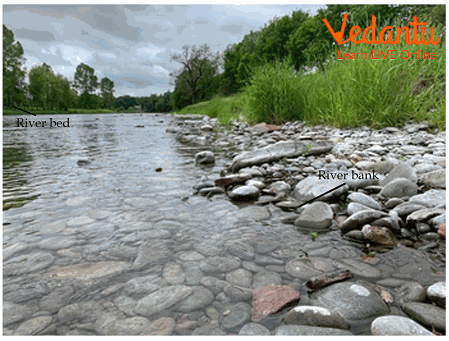
River Bed and River Bank
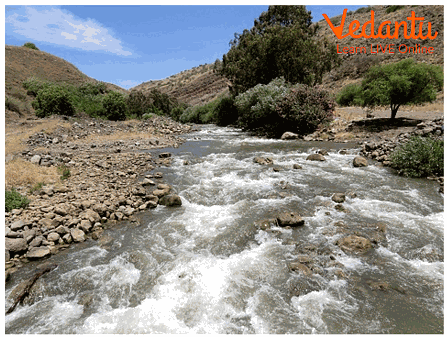
River Current
Information About River
The course through which the river flows is called the river bed and the earth on each side is called the river bank. The movement of water in a river is called current. The current is usually strongest near the source of the river. Rivers can flow down mountains, along valleys or plains, and form canyons or valleys. Some flow throughout the year. Others flow seasonally or during wet years. A river may be only kilometres long, or it may extend over most of a continent.
Benefits of River
The river is that source of water, which is born due to rainwater. The water of the river is always flowing. This flowing water of the river comes out of the mountain or spring and joins many tributaries and merges into the sea.
For Farmers: The farmers get the maximum benefit from the river. Because the freshwater from the river helps in growing the crops which is a great help to the farmers. Therefore, the areas of the fields living near the river are always fertile crops because river water helps farmers in maintaining the water level in the fields.
Electricity Production: River water is also used for the generation of electricity and the flow of the river is stopped by making a dam. After that, electricity is produced from that water. Today's modern world is running with the use of electricity.
Help with Construction Works: The river helps us in many important constructions like strong houses, buildings and many more. Because in such construction works, strong rocks found in the river are used.
We get many benefits from the river, due to which the river is very important for our life.
Interesting Facts about Famous Rivers
The longest river flowing on the earth is the Nile River. This river flows in Africa. Its total length is 6,853 kilometres (4,258 mi).
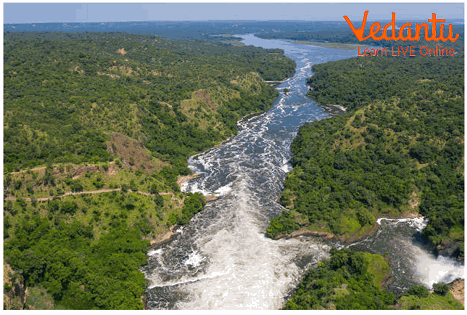
Nile River
The Amazon River is the second-longest river in the world. It covers a length of about 6400 kilometres (4000 mi).
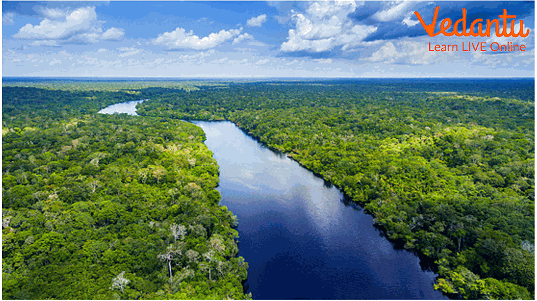
Amazon River
The length of the world's shortest river is just 118 feet (36 metres). It is called the Dee River and is located in Oregon, United States.
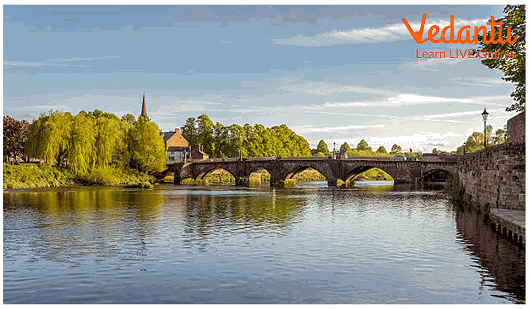
Dee River
Originating in the Rocky Mountains of western Montana, Missouri flows 3,767 kilometres (2,341 mi) east and south before entering the Mississippi River north of St.
The longest river in Europe is the Volga. It flows approximately 3,685 kilometres (2,290 mi) into Russia and drains into the Caspian Sea.
The Congo River is the world's deepest river with a depth of over 220 metres (720 ft). It is the second longest river in Africa after the Nile and the second largest river in the world by volume of water (after the Amazon).
The Indus River is the longest river flowing through India.
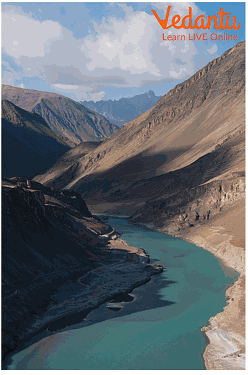
Indus River
The world's longest-flowing river called the Pyana flows through Russia.
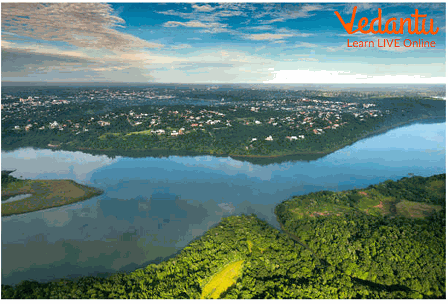
Parana River
The Royal River of Australia is the dirtiest in the world. All the biological life here has become extinct.
The width of the Amazon River is up to 11 kilometres in many places. The width of the river reaches an astonishing 190 kilometres (120 mi) on rainy days.
China's Yangtze River is the third longest river in the world, running 6,300 kilometres (3915 mi). The river is the longest in the world flowing entirely within a country.
Solved Questions
1. What is River Current?
Ans: The movement of water in a river is called current.
2. Which river is the largest in the world?
Ans: The Nile is the largest river in the world.
3. Which river is called the Dee River?
Ans: The length of the world's shortest river is just 118 feet (36 metres). It is called the Dee River and is located in Oregon, United States.
4. Who is called the mouth of the river?
Ans: The place where a river enters a lake, a large river or an ocean is called the mouth of the river.
Learning by Doing
Write True or False.
The current usually weakens near the source of the longest-flowing river called the Pyana flows through Russia.
The Royal River of Australia is the neatest in the world.
Summary
A river is a stream flowing on the surface, whose source is usually a lake, glacier, spring or rainwater and falls into an ocean or lake. Rivers can flow down mountains, along valleys or plains, and form canyons or valleys. Some flow throughout the year. Others flow seasonally or during wet years. A river may be only kilometres long, or it may extend over most of a continent. The longest river flowing on the earth is the Nile River and the Amazon River is the second longest river in the world.
FAQs on Facts About Rivers
1. Write a few scientific facts about Rivers.
Scientific facts about rivers:
Due to the effect of tidal forces on the Amazon during the full moon, waves up to 4 metres (13 ft) high can be seen.
For example, in some countries like Malta, rivers only arise temporarily, after heavy rains, but they dry up quickly.
One bank of the Ural River is in Asia, and the other is in Europe.
The Volga River has a heavy-duty hydroelectric power resource.
2. The world's largest dam (Three Gorges Dam) has been built in which river?
In the Yangtze River, the world's largest dam has been built.
3. Which is the largest river in the continent of Asia?
Yangtze River is the largest river in the continent of Asia.
4. Which river is known as the father of water?
Mississippi River is known as the father of water.









